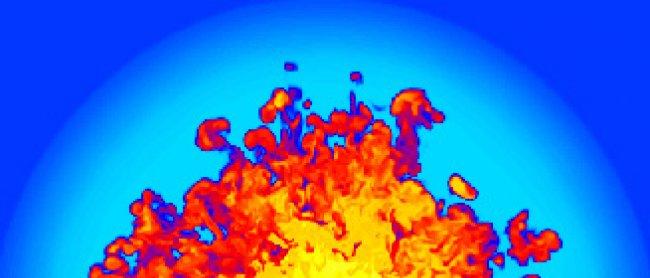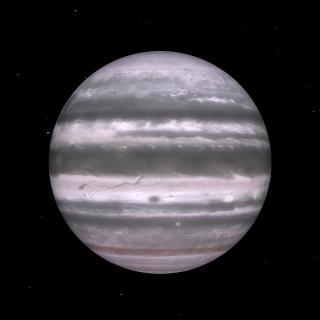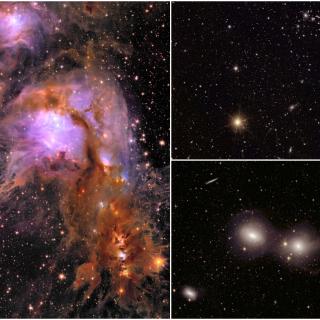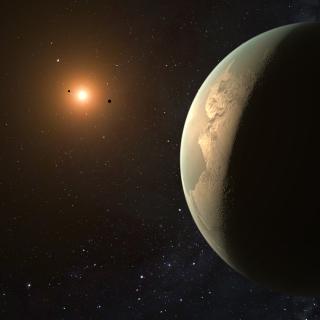An international team made up of researchers from the Czech Academy of Sciences, the Mexican National Institute of Astronomy, Optics and Electronics (INOAE from its initials in Spanish) and the Instituto de Astrofísica de Canarias (IAC), has shown that supernovae can leave behind vast quantities of dust. The team propose that these supernovae are the primary sources of the dust seen in the galaxies of the early Universe.
Supernovae are dust factories expelling particles into the interstellar medium. It was thought that the vast majority of this dust was destroyed by the powerful shock waves produced in the explosion, however the new study suggests that supernovae may produce far more dust than they destroy. The study, led by Sergio Martínez González, researcher at the Czech Academy of Sciences who spent several months at the IAC as part of the ERASMUS+ Strategic Partnership, could have great implications given that dust is a key ingredient in the formation of stars and planets.
The results, published recently in The Astrophysical Journal, were obtained via a series of complex hydrodynamical simulations performed using the SALOMON supercomputer, one of the most powerful in the World. "The simulations included a new mechanism, which had not yet been considered, to produce part of the dust we see in galaxies and that could originate from violent episodes of star formation" explains Martínez González. "Exploring this possibility was particularly interesting as even the galaxies of the early Universe show evidence of dust enrichment, even though they are too young for other sources, like old stars, to have begun to produce the dust" add Casiana Muñoz-Tuñón, co-author of the article and researcher at the IAC and University of La Laguna.
Sergio Martínez González focussed his study on the simulation of large clusters of young stars, where hundreds or even thousands of supernova explosions can occur in a relatively small region (a few dozen light years). "Even though they occur on very different scales and are produced by different mechanisms -says Martínez González- supernova remnants in young star clusters expand and deposit dust in their surrounding in a very similar way to the mushroom clouds formed by supervolcanoes here on Earth, which are capable of covering whole continents with pyroclasts and ash".
Scientific article: Martínez-González, S. et al. Pyroclastic Blowout: Dust Survival in Isolated versus Clustered Supernovae. The Astrophysical Journal, 866(1).



